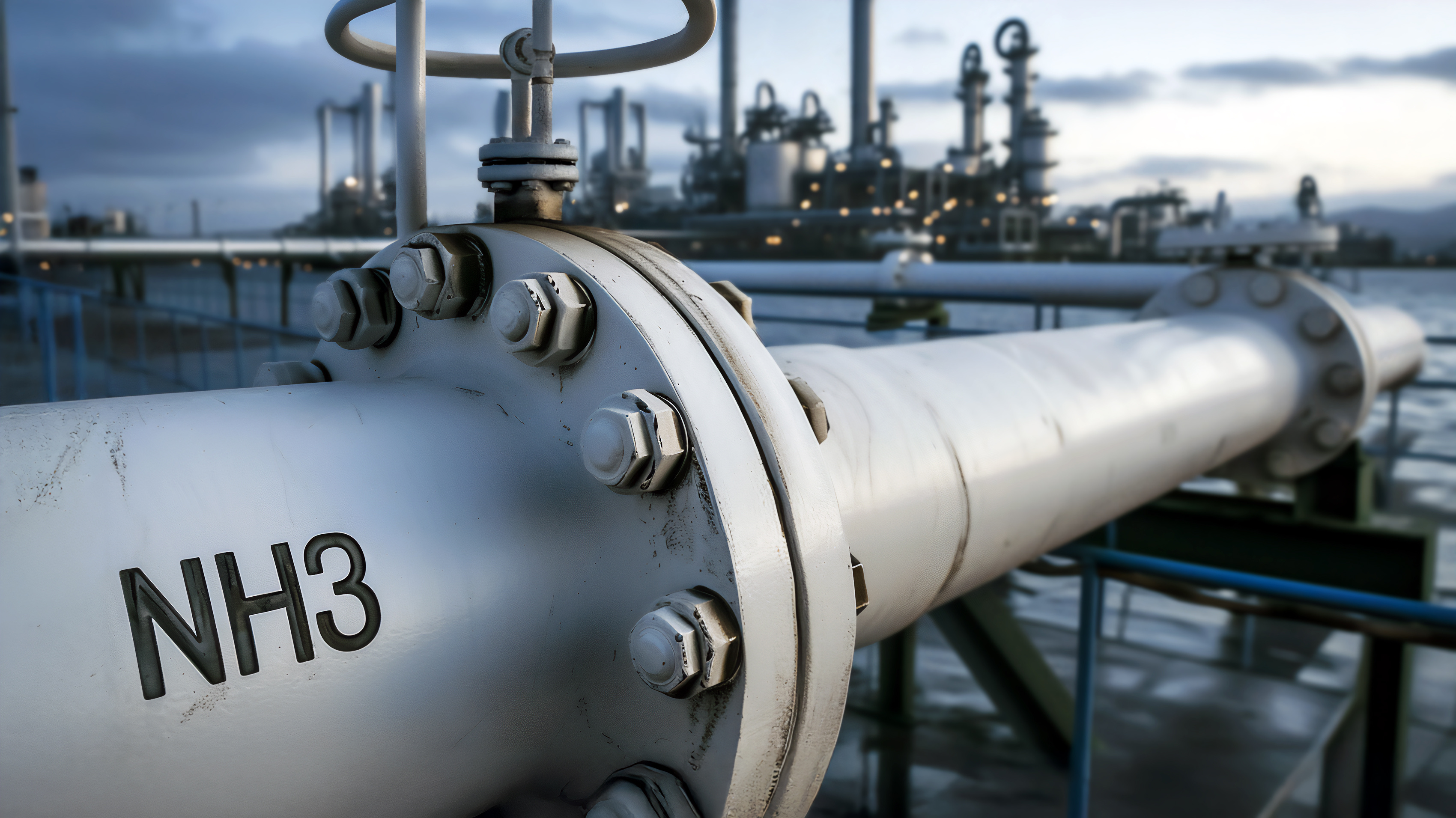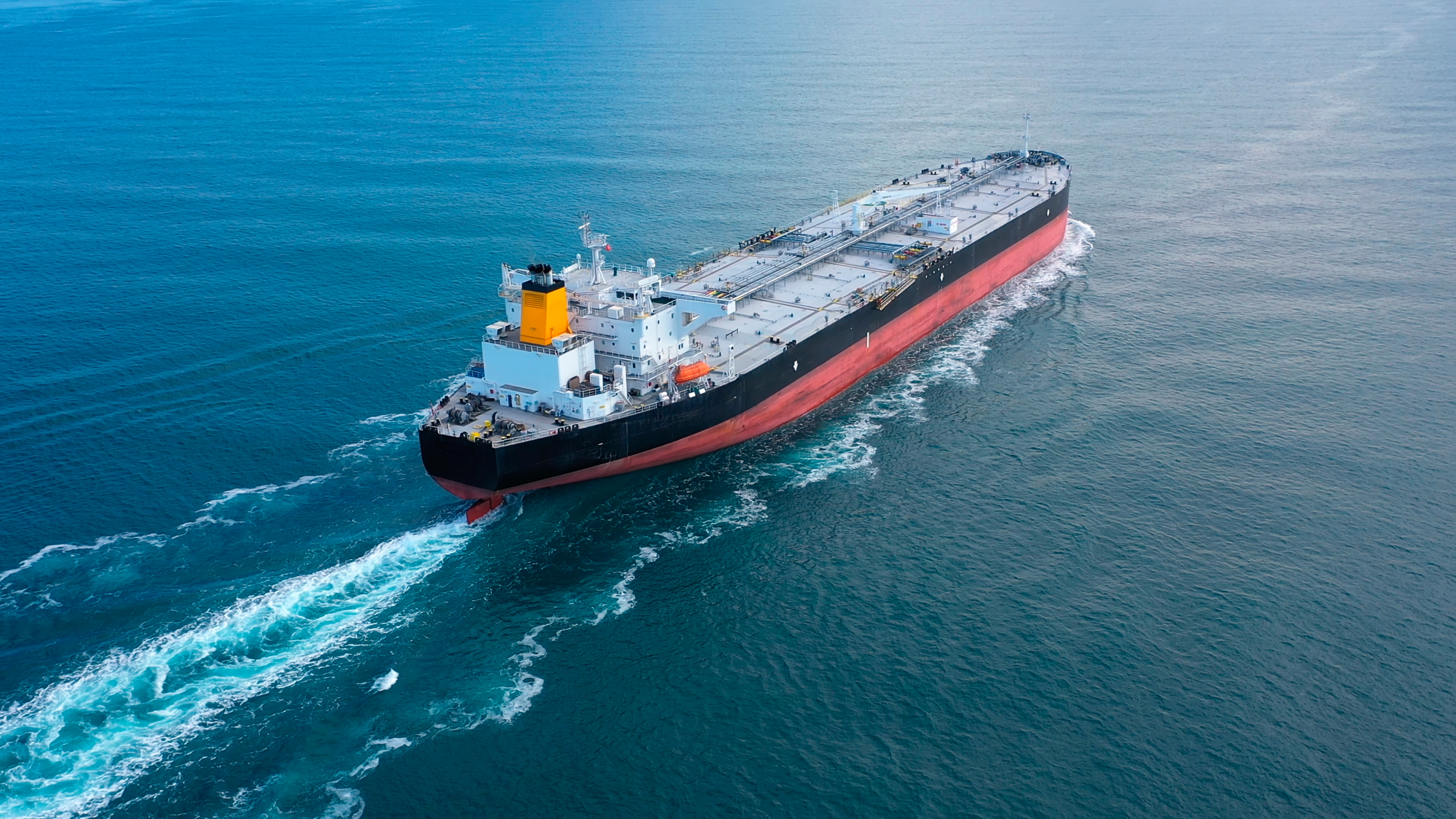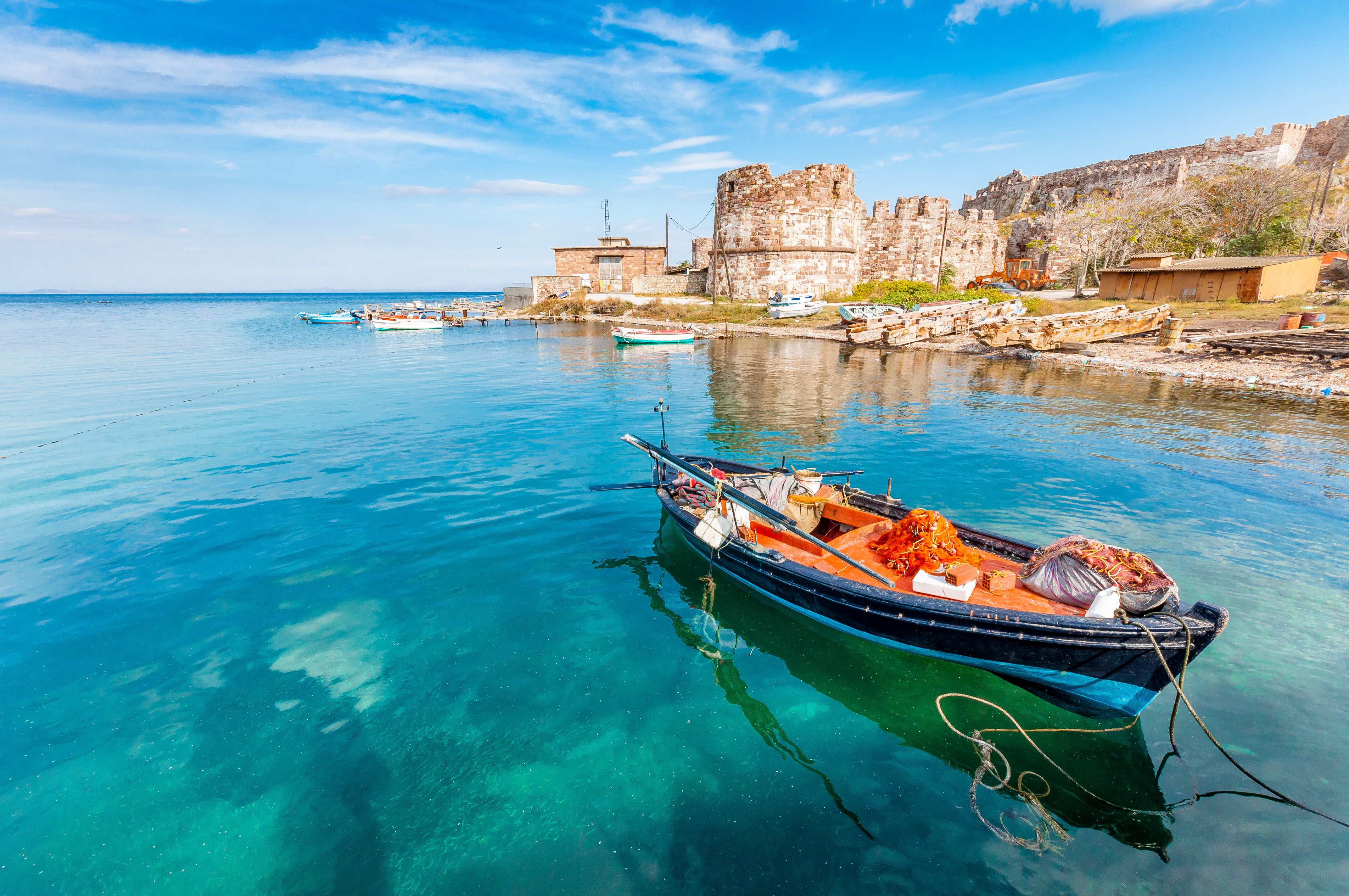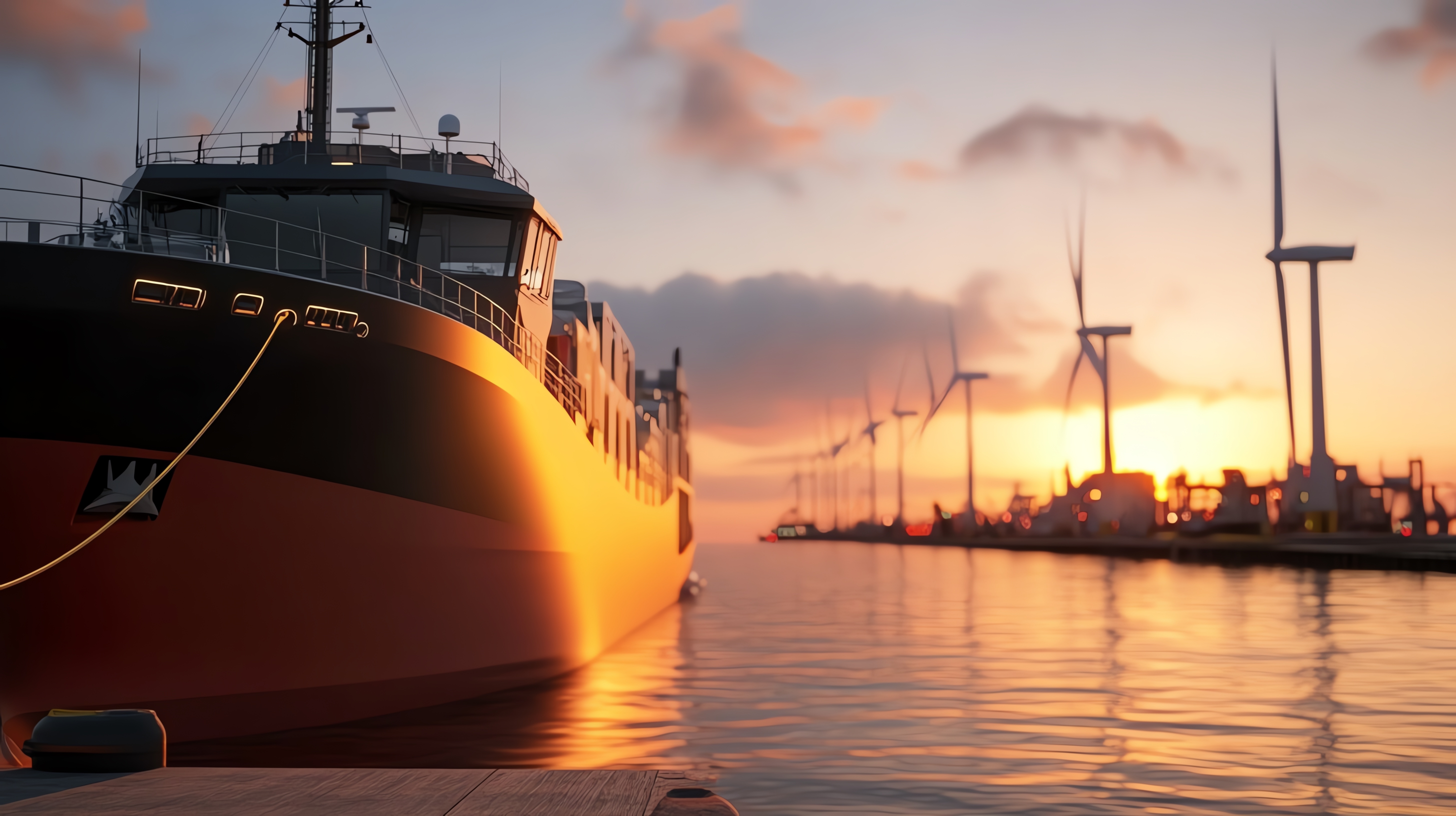With new sulphur-emission rules just three months away, the Club's legal team has added an addendum to the Legal briefing on Air emissions - the Emission Standards for SOx and NOx.
UK Club Members need to be fully aware of the growing and stricter atmospheric emissions measures being introduced around the world. This document compiles the latest regulations and specific requirements listed by country.
Summary of current MARPOL limits:
Outside ECAsWithin ECAs
| SOx | 3.5%m/m (since 1/01/2012) | 1.0%m/m since 01/07/2010 (0.1% on and after 01/01/2015) |
| NOx | Three Tier Scheme | Tier III (Only for North America ECA and US Caribbean Sea ECA) |
United States
Federal LawRegulations
- The Act to Prevent Pollution from Ships (APPS): Annex VI of MARPOL is enacted in the US by APPS. The EPA has the authority to enforce Annex VI with the cooperation of USCG (through the ship inspections, examinations and investigations) Code of Federal Regulations. Title 40 - Protection of Environment. Part 1043 Control of NOx, SOx and PM Emissions form marine Engines and Vessels subject to the MARPOL Protocol.
- The Clean Air Act
- The Final Rule published on April 30, 2010: extends the ECA to the internal waters.
Areas
- North America Emission Control Area: on 26th March 2010 IMO designated as an ECA, waters off the North American coasts.
- US Caribbean Emission Control Area: on 15th July 2011 IMO designated as an ECA, waters off the coasts of Puerto Rico and the US Virgin Islands by ECA amendments MEPC.202(62)
- For this area, the effective date of the first phase fuel sulphur standard (1%) is 2014 and the second phase (0.1%) begins in 2015. Stringent NOx engine standards begin in 2016 (Tier III).
- Steamships operating in the North American and USA Caribbean Sea ECAs are exempted from compliance with the Regulation 14 (SOx) through 31/12/2014.
- Great Lakes: Vessels which operate within and outside the Great Lakes must comply with the provisions of 40CFR 1043. Great Lakes Vessels (vessels operating exclusively in the Great Lakes, both US and foreign flagged) may be exempted by EPA according to a separate waiver under interim provisions described in 40 CFR 1043.95 (c) if no acceptable fuel is available.
- Steamships operating on the Great Lakes are subject to a separate waiver under 40 CFR 1043.95 (a) when they were propelled by steam engines and operated within the Great Lakes before 30th October 2009 and operate exclusively within the Great Lakes.
- The convenience of the designation of new ECA areas such as Pacific US territories, smaller Hawaiian Islands and Western Alaska is currently being examined.
California
The California Ocean-Going Vessel (OGV) Fuel regulation limited the maximum fuel sulphur for both marine gas oil (DMA) and marine diesel oil (DMB) to 0.1% m/m. Therefore, vessels visiting California ports have to comply with both the California OGV Fuel Regulation and the North American Emission area.
Besides, the California OGV Fuel Regulation encompasses a noncompliance Fee Provision by which if a vessel is unable to find a compliant fuel, a fee may be paid instead.
These requirements set in the California OGV Fuel Regulation won't apply if the US adopts and enforces requirements that achieve equivalent emissions reductions. Furthermore, the California Air Resources Board will allow the use of alternative emissions control technologies such as exhaust gas cleaning devices as stated under the ECA Regulation.
Canada
Regulations for Vessel Air Emissions apply to vessels over 400 gross tonnage operating in Canada.
Regulations
- Some requirements are in place under Vessel Pollution and Dangerous Chemicals Regulations (The Regulations)
- New implementations are now in place under The Regulations Amending the Vessel Pollution and Dangerous Chemicals Regulations (The Amendments) published 8/05/2013.
Emissions Standards
- Sulphur Oxides = Marpol I) For Vessels inside the NA-ECA and throughout Canadian waters south of 60ºN, the current limit (since 1/07/2010) is 1% but it will be 0.10% after 1/01/2015. II) For Vessels outside the NA-ECA, north of 60ºN and including Hudson's Bay, James Bay and Ungava Bay, the current limit is 3.50% (since 1/01/2012) but it will be 0.50% after 1/01/2020
- Nitrogen Oxides = Marpol (AnnexVI +NOxTechnical Code 2008) The NOx limits apply to engines installed on vessels that have power ratings over 130 kilowatts as described in table below. If a vessel undergoes a major conversion or a new engine, substantially different from the old one, is installed the current standard would apply.
Tier I Engines installed on vessels built between December 31, 1999 to December 31, 2010Tier II Engines installed on vessels built after December 31, 2010 Tier III Engines installed on vessels built after January 1, 2016, that operate in ECAs
| 17.0 g/kWh when n is less than 130 rpm; 45 · n(-0.2) g/kWh when n is 130 or more but less than 2,000 rpm; 9.8 g/kWh when n is 2,000 | 14.4 g/kWh when n is less than 130 rpm; 44 · n(-0.23) g/kWh when n is 130 or more but less than 2,000 rpm; 7.7 g/kWh when n is | 3.4 g/kWh when n is less than 130 rpm; 9 · n(-0.2) g/kWh when n is 130 or more but less than 2,000 rpm; and 2.0 g/kWh when n is |
China
Regulations
- Country Party Annex VI Marpol
- No Specific provisions regulating emissions from ships.
Air Pollution
- Air Pollution Control Ordinance 10/04/2014
- Air Pollution Control (Marine Light Diesel) Regulation 01/04/2014 introduces a new sulphur content cap of 0.05% for the locally supplied marine light diesel (MLD).
Hong Kong
Hong Kong Environmental Protection Department has required all ocean-going vessels (OGVs to use low sulphur fuel, defined in the new legislation as fuel with sulphur content not exceeding 0.5% by weight, when at berth in Hong Kong waters. All OGVs must initiate fuel switch upon arrival at berth, complete the switch to low sulphur fuel within one hour, then use low sulphur fuel throughout the berthing period until one hour after departure.
Hong Kong government has declared its long-term intention to set up an Emissions Control Area for ships in the Pearl River Delta. Meanwhile, since 2011 vessels have been participating in an industry-led scheme (Far Winds Charter) by which they switch voluntarily to low sulphur fuel (0.5% sulphur content or less) when at-berth in Hong Kong until December 2014. 17 major freight liners have signed up to this initiative: Maersk Line, Evergreen, OOCL, Yang Ming (Taiwan), APL, CMA CGM, COSCO, MOL, Hapag Lloyd, Hanjin, Hyundai, NYK, Hamburg Sud, Alianca, Hoegh, Crystal Cruises, Prestige cruise holdings.
Australia
Regulations • Australia: Country Party MARPOL Annex VISummary of Discharge Standards for Ships and smaller vessels operating in Australian waters: MARPOL and local requirements
(This table applies to all vessels)
Vessel/Voyage type/Area Sub-Category Discharge Conditions
| All Vessels | Ozone-depleting substances | Prohibited |
| Nitrogen Oxides | Operation of diesel engines >130kW prohibited unless engine is certified to meet prescribed emission standards. New Engines:
• Approved method by Administration. | |
| Sulphur Oxides | From 1 January 2012, sulphur content of fuel oil not to exceed 3.5%** From 1 January 2020 sulphur content if fuel oil not to exceed 0.5%** ** Fuel oil to be purchased from a registered supplier Note: Feasibility review to be completed 2018 | |
| Incinerators | • Incinerators installed after 1 January 2000 must be type approved and certified to meet prescribed emission standards. • Do not use within port limits |
Turkey Regulations
- Country Party MARPOL Annex VI
Specific Requirements
Since the 1st January 2012, new regulations on sulphur content limits of marine fuels are in place:
- Sulphur content in marine fuels shall not exceed 0.1% by mass in all vessels arriving at Turkish ports and all inland waterway vessels sailing on Turkish inland waters.
- Sulphur content in marine fuels shall not exceed 1.5% in all passenger vessels providing regular services in areas covered by Turkey's marine jurisdiction.
These limitations apply to berthed or anchored Ships within the boundaries of any port and staying at berth or at anchor for more than two hours. However, they won't apply to vessels passing the Turkish Straits without calling to any Turkish Port, if their transiting process does not exceed two hours.
Summary of EU Directive Current SOx limits
Outside ECAs Within ECAs
| All Ships | 3.5%m/m (since 18/06/2014)(0.50% from 1/01/2020) | 1.0%m/m (Until 31/12/2014) (0.1% on and after 01/01/2015 |
| Passenger Ships | 1.5% until 01/01/2020 (0.50% from 01/01/2020) | 1% (until 31/12/2014) (0.10% from 01/01/2015) |
| Ships at berth in EU ports | 0.1% (since 01/01/2010) |
France
French Transport Code, Article L 1431-3 comprises a new CO2 reporting requirement by which foreign shipowners need to provide information to their French customers, either cargo interests or passengers, of the mass of CO2 when calling at French Ports. The mass of emitted CO2 is calculated by multiplying the fuel consumed during the voyage with the relevant emission factors published by the French Authorities.
The emission factors provide the quantity of CO2 produced in kilograms for both the "operating phase" and the "upstream phase" for each kilogram of fuel used (fuel oil, diesel, LNG and LPG). The total quantity is expressed as a mass in either grams (g), kilograms (kg) or tonnes (t) of CO2 corresponding to the actual service provided to cargo interests or passengers respectively.
In terms of goods, the provision of this information to cargo interests may be given either prior to or after the voyage depending on the agreement between the parties, but in any event must be provided within two months of the voyage being completed.
For passengers, the information must be provided prior to the ticket being purchased, or if no ticket is issued, no later than completion of the passenger's voyage. North America control Area comprises the French islands: Saint Pierre and Miquelon archipelago, therefore the more stringent limits applied to them.
Finland
Finland is preparing stricter provisions on sulphur emissions from shipping to come into force by the beginning of 2015.
Finnish Transport Safety Agency (Trafi), the Finnish Border Guard and the police will all monitor emissions from shipping. The price difference between high- and low-sulphur fuels - gains are considered as 'illegal financial gains' therefore, the violators must forfeit to the government.
Such penalties are considered more tangible than fines or other punishments and would also apply to shipping companies.
The cost impact of such a measure will only be known after the provisions come into force and when the price of low-sulphur fuel becomes clear.
Trafi has estimated that if ships use only low-sulphur fuel, the provisions will increase Finland's maritime transport costs by around €460 million/year, and by €120 million/year if scrubbers are installed in ships.




